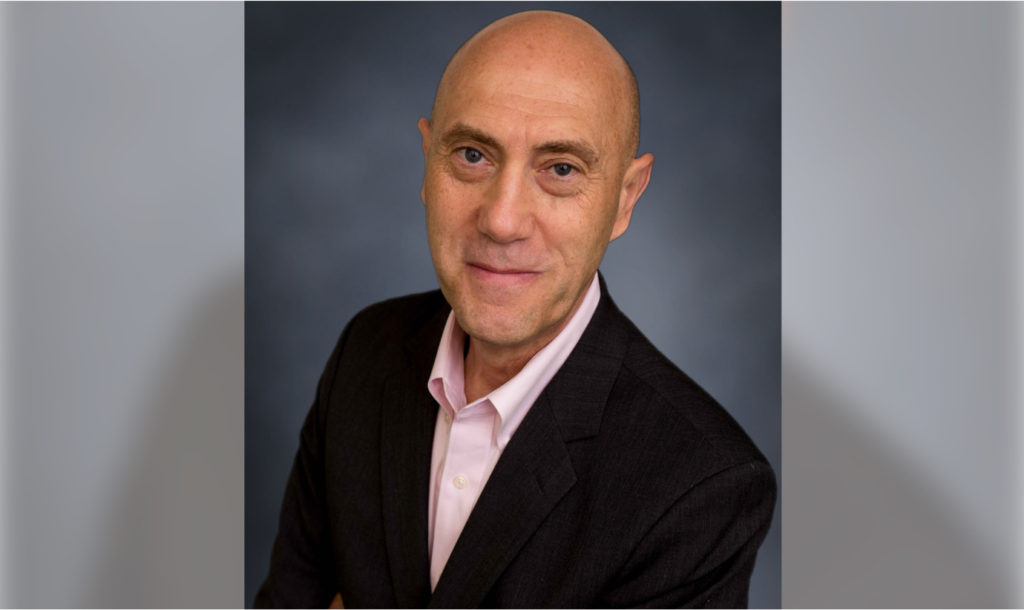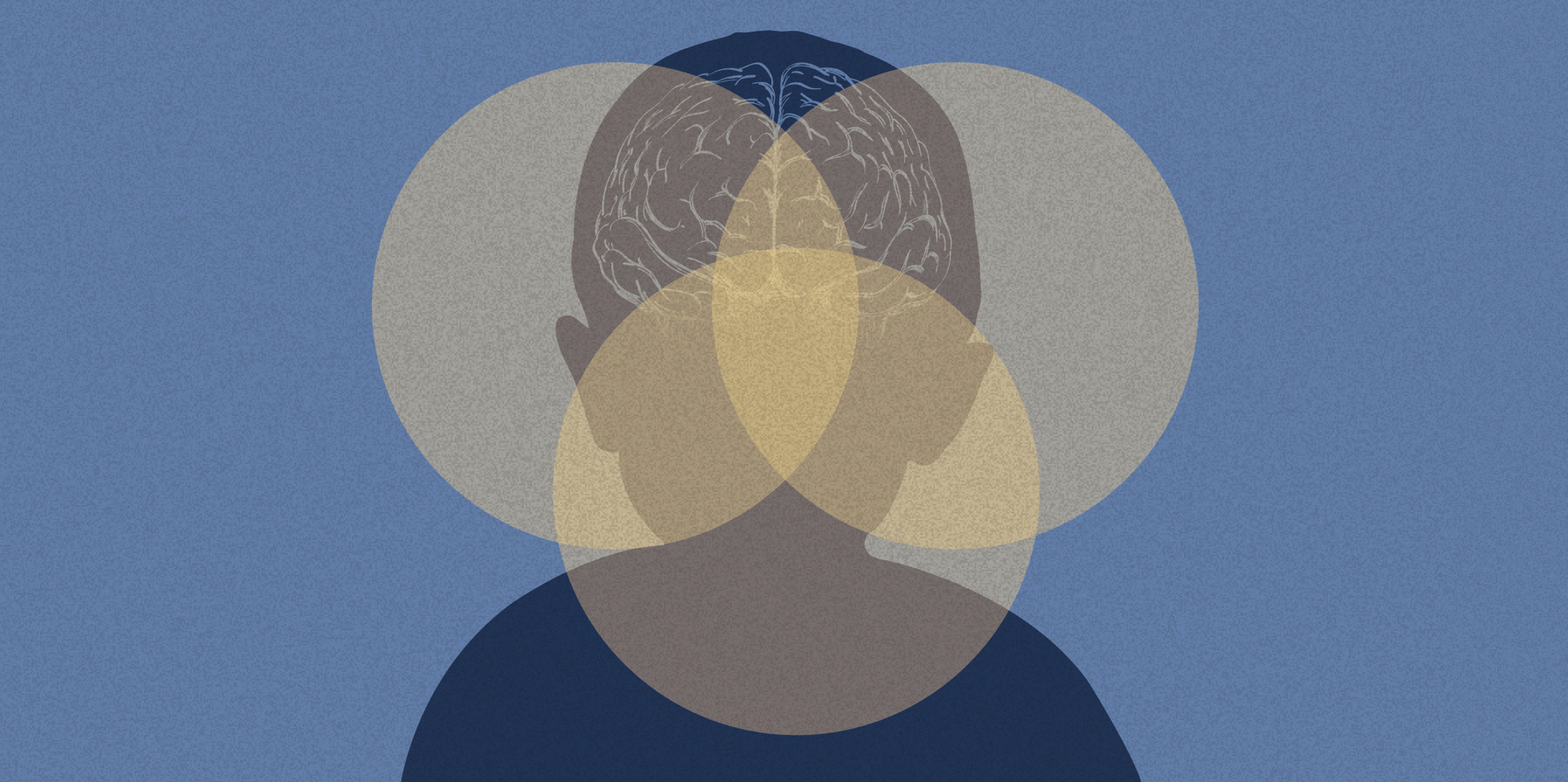Summary
A 1-year-old boy is brought to his doctor with a history of febrile seizures, odd movements, and developmental delay. His seizures continue, but the fevers stop.
Guest

Nicola Longo, M.D., Ph.D.
Professor and Chief Medical Genetics/Pediatrics, University of Utah
Dr. Nicola Longo is a Professor of Pediatrics and Chief of the Division of Medical Genetics, at the University of Utah in Salt Lake City. He has a long-standing interest in membrane transporters for which he became interested in brain creatine transporter deficiency and disorders of creatine synthesis. He follows several patients with brain creatine deficiency and has an active interest in improving current therapies and facilitating their early identification through newborn screening.
Transcript
DDx SEASON 3, EPISODE 3
When the fever breaks
RAJ:
This season of DDx is brought to you by Ultragenyx Pharmaceutical corporation.
RAJ:
A 1-year-old boy presents with developmental delay, odd movements, and a history of febrile seizures. When he starts having seizures without fever, doctors rethink what might be going on in the infant’s brain.
RAJ:
This is DDx, a podcast from Figure 1 about how doctors think. This season is all about rare diseases. I’m Dr. Raj Bhardwaj. Today’s case comes from Dr. Nicola Longo. Dr. Longo has been compensated by Figure 1 for his participation in this episode.
Dr. Longo:
My name is Nicola Longo, and I am a Professor of Pediatrics and the Director of the Division of Medical Genetics at the University of Utah in Salt Lake City.
RAJ:
Developmental delay is common. Movement disorders are common. Febrile seizures are common. But with all three overlapping in this young child, doctors refined their DDx, and ordered a brain magnetic resonance spectroscopy, which can measure the concentration of chemicals inside the brain. In this young boy’s brain, there were very low levels of creatine.
Creatine deficiency would account for all the clinical findings and potentially point to a diagnosis of CTD.
Dr. Longo:
CTD stands for creatine transporter deficiency, which belongs to the group of creatine deficiency syndrome…The brain needs creatine to function properly. When that is not happening, the brain stops functioning. And all of these conditions present pretty much in a similar way, which is with delays in development… The condition progresses with time and doesn’t get better unless a specific diagnosis and therapy are initiated.
RAJ:
CTD is an X-linked condition, meaning that males are most often affected. In some cases, there is a family history of males with CTD but most often, as in this case, it is a new mutation. The child was referred to Dr. Longo, who, as a clinical geneticist, would look at the creatine levels in the brain to determine how severe the CTD might be.
Dr. Longo:
Since I had seen previous children with this condition, I was surprised by the fact that this child still had a significant creatine peak. In most children that I see with brain creatine deficiency syndrome, the creatine peak in the MR spectroscopy is almost totally absent. Here it was still about, I would say, 20% of normal. It was markedly reduced, but not zero.
RAJ:
In the majority of Creatine Transporter Deficiency cases, when creatine levels are extremely low in the brain, there is nothing doctors can do except support the patient with physical, occupational and speech therapy. However, in this case, because the child’s creatine levels were about 20% of normal, Dr. Longo decided to try giving him creatine.
Dr. Longo:
So we started the child on supplements of creatine at a relatively high dose… And we also provided the precursor for creatine synthesis that are glycine and arginine. So the idea is that arginine and glycine would go inside the brain, favor the synthesis of creatine, and at the same time, increasing the concentration of creatine in blood would allow the entry of some creatine inside the brain.
RAJ:
As soon as therapy began, the child’s mother witnessed a change. He was more talkative and responsive. Physically he changed as well, with more ease of motion. He began eating more and gaining weight. His seizures activity declined, and doctors were able to reduce his anti-seizure medication. The young boy started to blossom.
Dr. Longo:
he can count, he can read and write, and he can do addition and subtraction.
RAJ:
This child’s circumstances, having low but at least some creatine in his brain, is unusual. But his presentation wasn’t. Many children with CTD present with developmental delays, seizures, and movement disorders. The thing is, developmental delay is a very common presentation, with a huge Differential Diagnosis… and Creatine Deficiency Syndromes are rare.
Dr. Longo:
Unfortunately, there is not a very specific presentation. The only thing that I’ve seen is that these children, many of them have a very weak muscle tone, and they have a strange way in getting to a standing position, in the way that they go from laying down to getting up on a chair, climbing along the rail of crib, this type of thing. Unfortunately, it is very hard to describe. One needs to see that a couple of times, and that is the only way of going.
RAJ:
The only way to know for sure if the cause is CTD is to test.
Dr. Longo:
One, it is test for a condition which is called fragile X syndrome, which is another common cause of delays in development, especially males. And sure enough, some of the children with creatine transporter deficiency can also look like fragile X syndrome. Mean that they have sometimes similar feature and they share in common also the X link inheritance.
RAJ:
Brain magnetic resonance spectroscopy can provide the clues that allow CTD to rise to the top of your Differential Diagnosis.
Dr. Longo:
if creatine is low together with some of the clinical presentation, then one should consider referring the child either to a neurologist or a geneticist to try to identify a specific cause that could potentially be treatable.
RAJ:
Unfortunately, the key word here is “potentially.” The case we talked about today, where creatine levels were low but not zero, is not the most common presentation of CTD. In those cases, nothing can really be done to treat the underlying cause.
Dr. Longo:
We really need some type of therapy for this disease. It is a very severe unmet medical need.
RAJ:
Thanks to Dr. Longo for speaking with us. This is DDx, a podcast by Figure 1. Figure 1 is an app that lets doctors share clinical images and knowledge about difficult to diagnose cases. I’m Dr. Raj Bhardwaj, host and story editor of DDx. You can follow me on Twitter at Raj BhardwajMD. Head over to figure one dot com slash ddx, where you can find full show notes, photos and speaker bios. This episode was brought to you by Ultragenyx Pharmaceuticals Corporation. Thanks for listening.






